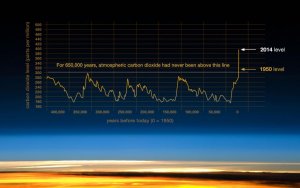Ah, Yes...Ethanol. A few years ago, it was being touted as the answer to the nations transportation energy needs, and it would be cheaper. Those who bought the E85 cars, and started using this stuff, quickly found out that their mileage suffered by as much as 20%....so even though they paid a bit less, per gallon, their cost per mile actually went up. The people I know who bought these vehicles have, for the most part, switched back to Gasoline. 5 or 6 years ago, many gas stations were putting in Ethanol pumps...now it is rare to find one. The Only ones who seem to have benefited from Ethanol were the Corn farmers, and the Ethanol plant owners. Along the way, they managed to drive food prices higher with their diversion of corn from food supplies to fuel supplies.
As for incandescent bulbs, it appears that some in Congress have been working overtime to rescind the EPA rules on lighting. There was a period, a year or two ago, when such bulbs were getting a bit hard to find. Lately, the store shelves seem to be well stocked with incandescent bulbs....so I guess the tactic is working.
Lithium needs some more research. There have been reports of a couple of these Tesla cars going up in flames due to overheated batteries, and Boeing had to do some major reworking on the lithium batteries it was using in the new 787's....also bursting into flames. That would NOT be good at 30,000 ft., over the Ocean.



